General description
Members of the Smad family of signal transduction molecules are components of a critical intracellular pathway that transmits TGF-β signals from the cell surface into the nucleus. Three distinct classes of Smads have been defined: the receptor-regulated Smads (R-Smads), which include Smad1, 2, 3, 5 and 8, the common-mediator Smad (co-Smad), Smad4, and the antagonistic or inhibitory Smads (I-Smads), Smad6 and 7. Once in the nucleus, Smads can target a variety of DNA binding proteins to regulate transcriptional responses. Following stimulation by TGF-β, Smad2 and Smad3 become phosphorylated at their carboxyl termini (Ser465 and 467 on Smad2; Ser423 and 425 on Smad3) by TGF-β Receptor I. Phosphorylated Smad 2/3 can complex with Smad4, translocate to the nucleus and regulate gene expression.
Specificity
Other homologies: Zebrafish (91% sequence homology), Chicken (91% sequence homology) and Xenopus (91% sequence homology).
This antibody recognizes the Linker region of SMAD3 phosphorylated at Thr179.
Immunogen
Epitope: Linker region
KLH-conjugated linear peptide corresponding to the Linker Region of human SMAD3 phosphorylated at Tyr179..
Application
Detect phospho-SMAD3 (Tyr179) using this Anti-phospho-SMAD3 (Tyr179) Antibody validated for use in Western Blotting.
Research Category
Signaling
Research Sub Category
Developmental Signaling
Quality
Evaluated by Western Blotting in untreated and TGF Beta-treated HaCat cell lysates.
Western Blotting Analysis: A 1:1,000 dilution of this antibody detected SMAD3 in 10 mg of untreated and TGF Beta-treated HaCat cell lysates.
Target description
~52 kDa observed. Uncharacterized bands at ~170 kDa, ~165 kDa, ~90 kDa and ~52 kDa may be observed in untreated HaCat cell lysate and in some other cell lysates. Uncharacterized bands at ~105 kDa and ~55 kDa may be observed in some cell lysates.
Physical form
Affinity purified
Purified rabbit polyclonal serum in buffer containing 0.1 M Tris-Glycine (pH 7.4), 150 mM NaCl with 0.5% sodium azide.
Storage and Stability
Stable for 1 year at 2-8º from date of receipt.
Analysis Note
Control
Untreated and TGF Beta-treated HaCat cell lysates.
Other Notes
Concentration: Please refer to the Certificate of Analysis for the lot-specific concentration.
Disclaimer
Unless otherwise stated in our catalog or other company documentation accompanying the product(s), our products are intended for research use only and are not to be used for any other purpose, which includes but is not limited to, unauthorized commercial uses, in vitro diagnostic uses, ex vivo or in vivo therapeutic uses or any type of consumption or application to humans or animals.
biological source: rabbit. Quality Level: 100. antibody form: affinity isolated antibody. antibody product type: primary antibodies. clone: polyclonal. purified by: affinity chromatography. species reactivity: human. species reactivity (predicted by homology): porcine, bovine, rat. technique(s): western blot: suitable. NCBI accession no.: NP_005893. UniProt accession no.: P84022. shipped in: wet ice. target post-translational modification: phosphorylation (pTyr179). Gene Information: human ... SMAD3(4088). Storage Class Code: 12 - Non Combustible Liquids. WGK: WGK 1. Flash Point(F): Not applicable. Flash Point(C): Not applicable.Shipping Information:
Dry Ice Surcharge & Ice Pack Shipments: $40
More Information: https://cenmed.com/shipping-returns
- UPC:
- 12352200
- Condition:
- New
- Availability:
- 3-5 Days
- Weight:
- 1.00 Ounces
- HazmatClass:
- No
- MPN:
- ABS47
- Temperature Control Device:
- Yes












